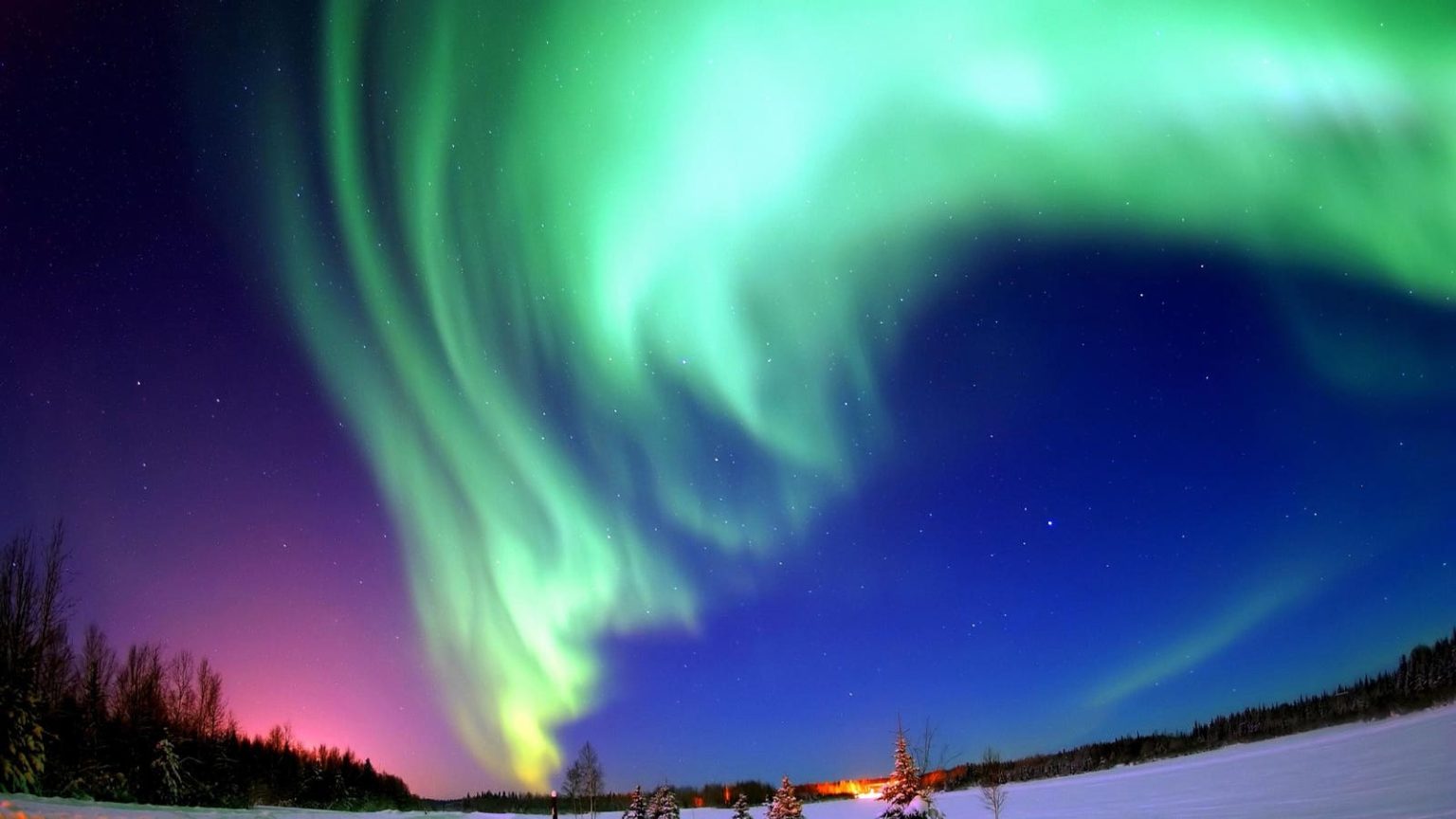The Northern Lights may be visible in parts of the United States again on Tuesday night due to a solar phenomenon known as a “Cannibal CME” causing geomagnetic storms. The auroras are expected to be brighter and move further from the poles, making them pleasing to look at. NOAA has issued geomagnetic storm watches that have been extended to Thursday, with a strong G3 storm watch for Tuesday and moderate G2 watches for Wednesday and Thursday. Solar flares over the weekend caused multiple coronal mass ejections to form, which are expected to reach Earth between Tuesday and Wednesday.
The Cannibal CME occurs when a second, faster coronal mass ejection overtakes an initial one, creating a massive cloud of plasma that can result in strong displays of the Northern Lights. This week’s auroras may be the brightest since May, when a previous Cannibal CME caused the auroras with a G5 classification. States within the aurora’s view line include Alaska, Washington, Oregon, Idaho, Montana, Wyoming, North Dakota, South Dakota, Minnesota, Iowa, Wisconsin, Michigan, Indiana, Ohio, New York, Vermont, New Hampshire, and Maine.
For the best chance to see the Northern Lights, viewers should move as close to the poles as possible, away from city lights and light pollution, and monitor weather forecasts for optimal viewing conditions. Finding a position on a vantage point like a hilltop is also recommended. Smartphone cameras are sensitive enough to capture the auroras, even when they are not visible to the naked eye. Turning on night mode can increase smartphone camera exposure for better photographs.
The recent Northern Lights sightings are a result of active sunspots named NOAA Active Region 13664. Researchers believe the strong geomagnetic storms, such as the G5 storm in May, may be due to the quick succession of multiple coronal mass ejections leading to Cannibal CMEs. Solar Cycle 25, which the sun goes through approximately every 11 years, has been causing geomagnetic storms resulting in the recent sightings of the Northern Lights. This cycle began in December 2019 is projected to reach its maximum between late 2024 and early 2026, with peak activity expected in 2025. The sun’s activity has been busier than anticipated, suggesting there may be more geomagnetic storms leading up to 2025, though the exact timing of these events is difficult to predict.
As night falls on Tuesday and throughout the week, viewers in states within the aurora’s view line may have the opportunity to witness the mesmerizing glow of the Northern Lights. With the potential for bright and expansive displays due to the Cannibal CME, it’s an exciting time for aurora chasers to capture stunning photographs and enjoy the natural beauty of the solar phenomenon. By following NOAA’s guidance on the best viewing strategies and utilizing smartphone cameras to enhance the experience, observers can make the most of this unique opportunity to witness the auroras in all their glory.


